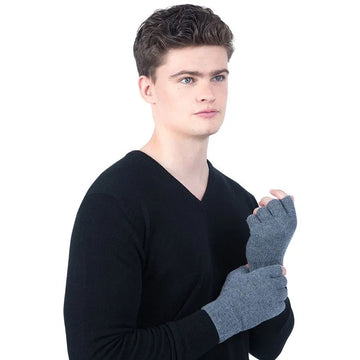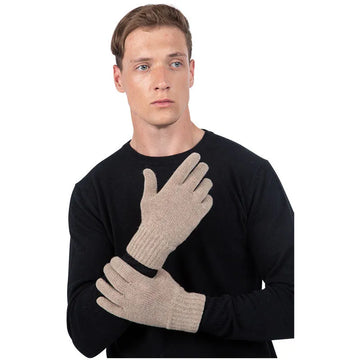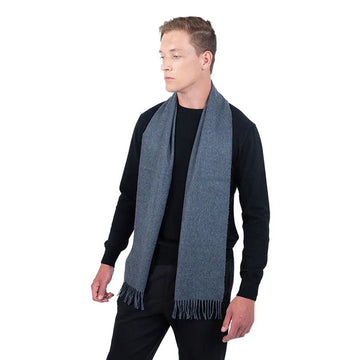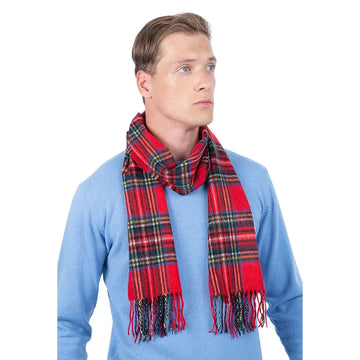The scarf has had an exceptionally unique history as a piece of clothing, and whilst the last place one might think of as a hotbed of fashion is the football ground, it is telling to the evolution of the sport’s popularity that cashmere scarves appear at stadia all around the world.
Scarves are so connected with football that they are commonly even worn in countries where it would otherwise be impractically warm to wear a scarf such as Australia and South America. In both countries, cashmere would help with breathability.
So connected are scarves to the sport that in the wake of the Hillsborough disaster, a link of scarves was created to connect together the Anfield and Goodison Park football grounds in Liverpool, a symbolic tribute and act of unity between famous rivals.
However, when were scarves first connected to football, and why was this the case? To answer this, we need to go back nearly a century to see a lot of the sport’s iconography taking shape.
Showing Your True Colours
In the very early days of association football, teams would often play in whatever clothes they had available, using sashes and caps to distinguish themselves from the other team.
This did not really work, and by the 1870s standardised strips and team colours had started to appear. However, replica kits would take a long time to be sold, and scarves were some of the first articles worn by fans of a particular club.
During a time when people wore their Sunday best clothes to football games, including white dress shirts, tweed jackets and dark trousers, with goals celebrated by waving white handkerchiefs in the air.
The earliest forms of supporter wear took the form of ribbons, rosettes and hats in the colour of the team, all of which started to appear in the late 1920s.
The first ever time a traditional football bar scarf was shown was in footage of the 1934 FA Cup Fourth Round. One man can be seen for just a second wearing a fedora, a dark overcoat and a red and black (as can be assumed from the shades of grey in the film) scarf underneath.
The first three decades of football scarves were all handmade, typically by family members such as parents and grandparents of the fans watching, and were often knitted at night after the rest of the household had gone to sleep.
Why scarves in particular? There were a few reasons. Some are very obvious and others far less so.
Warm Bodies Warm Hearts
The first reason is a fairly obvious one; football is played from late August until May in England, and the terraces can get bitterly cold during the winter games. The reason why so many scarves were knitted as long as they were is so they could be wrapped around multiple times and act as a neck warmer.
It was also a piece of clothing that was relatively simple to knit, given that it was a long bar rather than a shirt or a jacket, and up until the 1960s clubs themselves did not sell merchandise.
It was also versatile, as it could be wrapped around, held up, draped over or worn so many different ways, and whilst many more types of sports merchandise exist now, the scarf has become an iconic part of football history.














